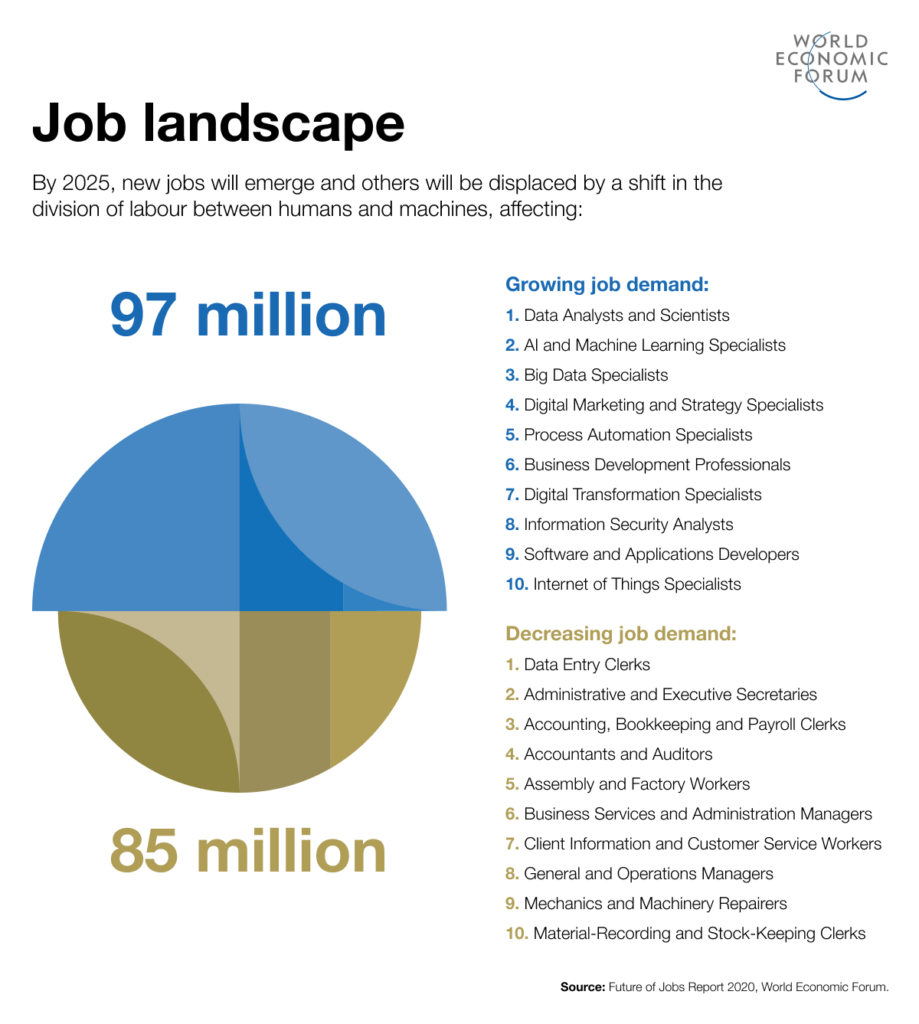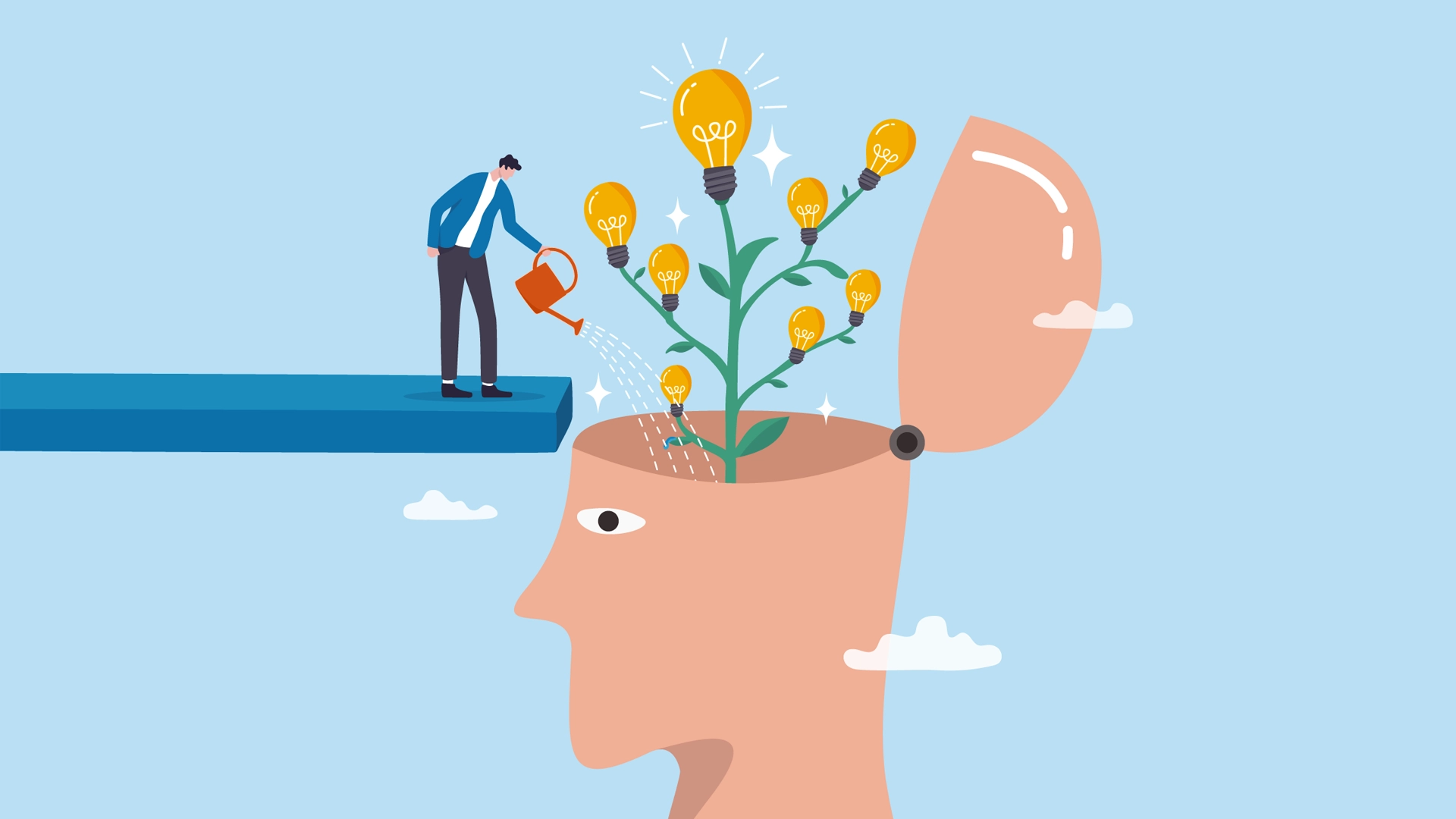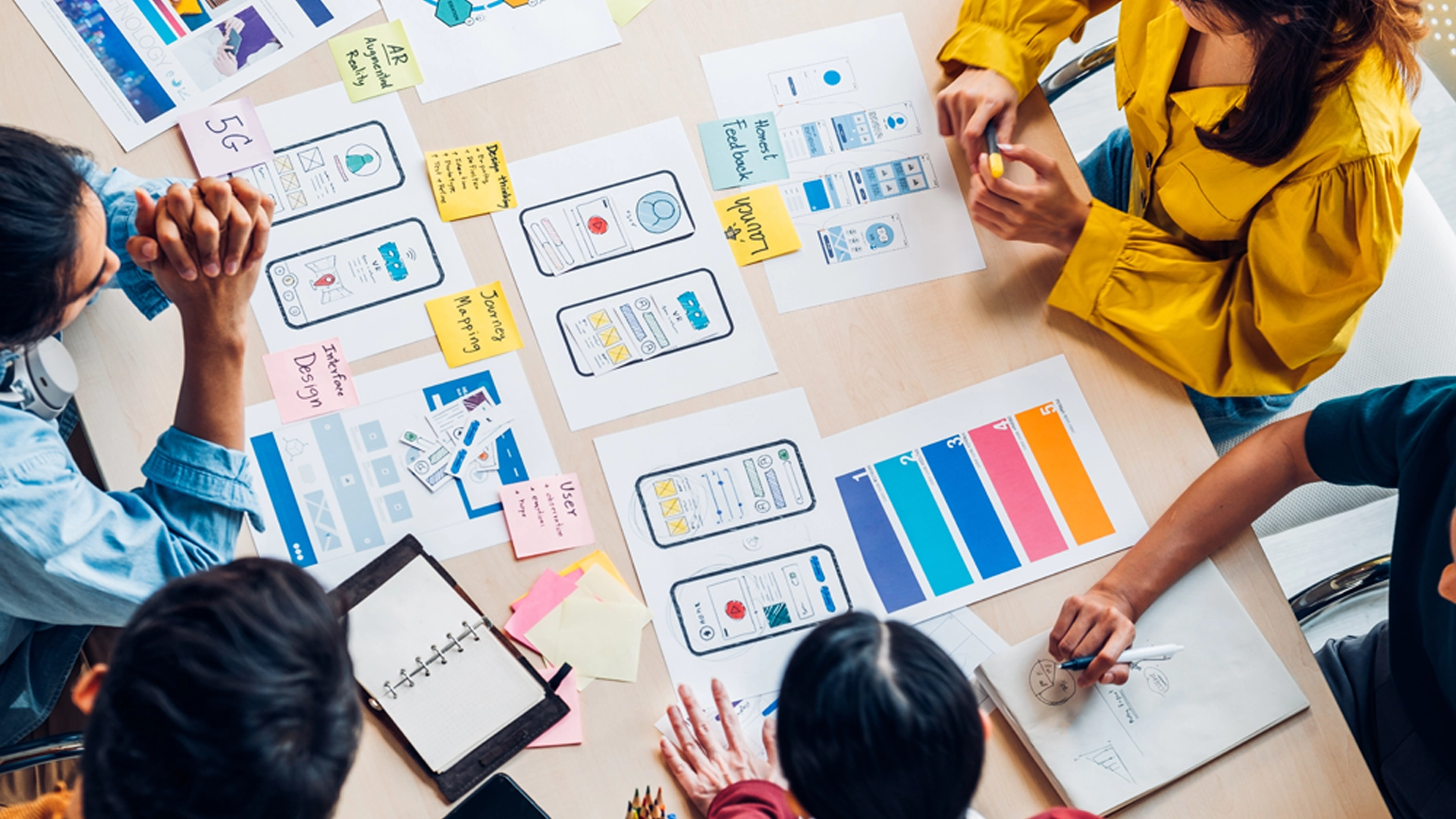Unless you've been living under a rock, you'll have heard that AI is officially here. We are in the middle of a perfect storm and many employees and leaders are feeling ambushed by this new world of endless possibilities.
Despite having its origins as far back as 1956, AI has never touched on wide ranging public use cases or was limited by computing power to deliver benefits at scale, until now.
Ever since its launch in November 2022, ChatGPT user uptake is unlike any other tech platform in history, gaining 1 million users in the first 5 days and 100 million users in the first two months.
This development signals the biggest shift to the way we work since 1886, when the foundations of our current work and school systems were established. Farming communities moved from rural areas to cities to operate and man the new industrial machines in the factories of the industrial revolution. These machines made scaling the manufacture of fabric and food with machines substantially easier.
This is what AI will do for our current workplaces, but it won't just replace manual labour, it will replace repetitive tasks with large amounts of information and complete the tasks faster and more accurately than a human can. It will also complete complex tasks with massive amounts of data and various data sets that may never have interacted before, driving new understanding and insights in unchartered territory.
So what exactly is AI?
There are two main categories of AI:
- Weak AI: Weak AI is a type of AI that can only perform specific tasks. For example, a weak AI might be able to play chess or translate languages.
- Strong AI: Strong AI is a type of AI that can perform tasks that a human can.
Strong AI aims to replicate human intelligence, while weak AI seeks to enhance human capabilities by automating specific tasks. ChatGPT is an example of weak AI because it is a generative AI system that uses deep neural networks to produce natural language responses based on a given input.
So today we will still need humans to ask the right questions of the bots (this new role is called a ‘prompt engineer') and to train the bots. In many cases this data simply isn't available to train the bots, it's in the minds of the people who do those jobs, the subject matter experts.
As a self confessed Futurist, I'm excited by the potential and the possibilities of AI, so you'd expect employees across the board would look forward to ditching their repetitive, mundane or time-consuming work tasks and welcome the gains that AI can offer them.
Instead, over the past 2 weeks, I've discovered employees are fearful of this unknown world, in a word cloud produced in a recent all hands meeting. When a group of consultants were asked ”what are your first thoughts about AI?”, ‘redundancy' was the number one concern, followed closely by ‘risk'.
Most humans will not have not seen a shift like this in their lifetime and our brains are constantly working to keep us safe to avoid any potential threat. The amygdala, an ancient part of our brain that is designed to keep us safe and in our comfort zone, doesn't want to expend any unnecessary effort on change. It alerts us with imagery that isn't necessarily the truth (see image above in order to dissuade us from taking risks that might end in job loss or cause a threat to us.
Rather than redundancy, instead thousands of new jobs will be created (see the World Economic forum infographic below). Think of a call centre agent role that was once a job you did while you studied at university. That role could now evolve into a career as a prompt engineer or process automation specialist. What's more, the roles will be more purposeful and aligned to our natural human strengths, resulting in better employee satisfaction and engagement .

While the benefits an organisation can realise with AI are significant, we shouldn't forget that employees are a key part of this outcome.
“When employees are empowered with the right AI tools, we will see significant gains in everyday tasks like email and document or report creation.”
So how do organisations communicate that in fact employees are the hero of this story? After all, they are the key to where to prioritise the productivity focus—much more than any bot.
Employees will find the use cases and the opportunities to create the gains. Why not go the next step and incentivise them to innovate, based on how many functions they can automate? That way they can spend their time on the aspects of their role that a bot can't do—creating stronger client relationships, innovating, ideation, and building stronger teams through human connection.
Workplaces could be fun, motivating and purpose led, while performing at incredible rates of productivity never seen before.
So how do you take your employees from a fearful state to embracing this new world of AI?
- Don't wait. Get clear on your organisation's point of view and purpose as it relates to AI. Align on this narrative with your senior leaders. What is your story? What will your organisation do in 5 years? In 10 years?
- Tell your story effectively. Communicate your plan (this is one of the biggest failures in any tech change that gets missed, you forget to take people on the journey). What is your strategy when it comes to AI? How will you embrace it, how will you up skill your workforce? Remember our human brains don't want to expend effort on change. Employees are suffering from change fatigue after all the changes of the last few years (Covid, remote work, virtual meetings etc). The good news is the human brain processes images 86,000 times faster than anything we read or hear. So ditch the wordy powerpoint and visualise as much information as you can, invest in infographics, internal marketing and reimagine how you deliver this information in a surprising and delightful way. Use live scribing or photographs to communicate your message clearly.
- Get playful. Make innovation fun, create forums to generate ideas as if your company depends on it (because it does), remove any threats or barriers to failure, give employees access to play with AI, get used to honing prompts that give you the responses you need to make better decisions.
- Listen actively. AI tech can help here, allowing people and culture leaders to really focus on what they need to. By providing immediate feedback and action to employees where previously there would be a massive lag between engagement and action.
- Collaboration—the power of perspective: Forge a new path that celebrates the collaboration between humans and artificial intelligence—collaborative intelligence. AI can complement and augment human capabilities, empowering us to tackle complex challenges together.
The use of generative AI can significantly reduce workload and work time, while also filtering out a lot of noise, so getting the above steps right is essential. Communicating with and respecting the employee experience by providing a bridge over this valley of change will result in a new world where employees can achieve untold productivity and innovation.
Fiona works as a Director in the Data and AI Collaboration Centre at KPMG Australia, the views expressed in this article are her personal views and not those of KPMG.
Latest.

The creative advantage: embedding design thinking into commercial strategy.
Thought Leadership

Seven steps to improving digital accessibility.
Industry Trends

So you’re thinking about accessibility…
Industry Trends



